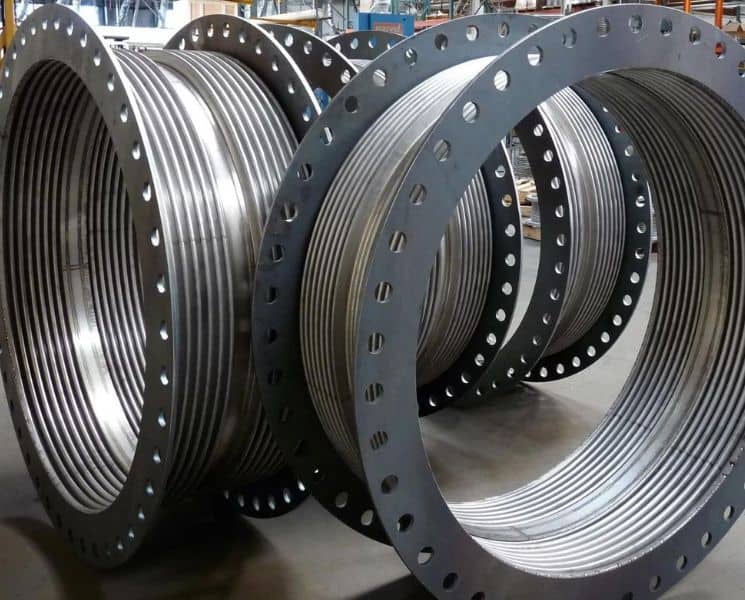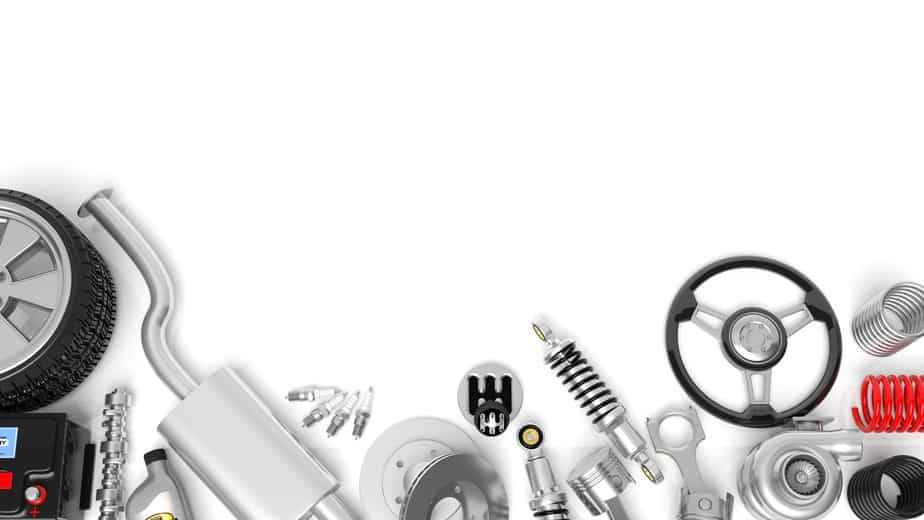If there is anything you want from a new pipeline, it is for it to be safe and dependable. Pressure testing is one method you can use to verify its reliability. If you are unfamiliar with this strategy, read on to learn what pressure testing is and the procedures to follow.
How Pressure Testing Works
Pressure testing confirms the strength and leak resistance of pipes and other components under pressure. By simulating the conditions these items will face during normal operation and pushing them to their limits, engineers and safety inspectors can identify potential weaknesses, such as leaks.
Early detection of these issues is crucial for preventing operational failures, which can lead to costly damages and even endanger human lives. Therefore, adherence to pressure testing fulfills regulatory and safety standards and instills confidence in the reliability of your equipment.
Hydrostatic Testing
Now that we have defined pressure testing, we can look at the different procedures to follow. Hydrostatic testing is the most common type of pressure test. It involves filling the vessel or pipe system with a liquid, typically water, and applying internal pressure until it reaches a level higher than its normal operating pressure.
This test allows for the observation of components under stress so operators can check for leaks or deformations. For example, with the help of this test, you can determine if you have successfully completed expansion joint installations. When performing this test, operators should utilize recently calibrated gauges and can add dye to the water to help them find leaks.
Pneumatic Testing
Pneumatic testing is another procedure you can use. It involves using air, nitrogen, or any non-flammable and non-toxic gas as the medium for pressurizing the system. People often perform this test when water’s presence can damage their systems. Pneumatic tests are more sensitive to leaks and can help you identify them more readily than hydrostatic tests.
You should use a recently calibrated gauge during this test while placing a greater emphasis on safety. Gases store significant energy under pressure, which can lead to a more hazardous failure if something goes wrong during the test.
Because of these risks, you should use a pneumatic test solely for a low-pressure application. In addition, adhere to safety protocols and only have qualified personnel performing the process.
Triad Bellows supplies dependable expansion joints and bellows to multiple industries, including oil and natural gas, construction, and power generation. Our products can pass your pressure tests and provide you with strong performance!


